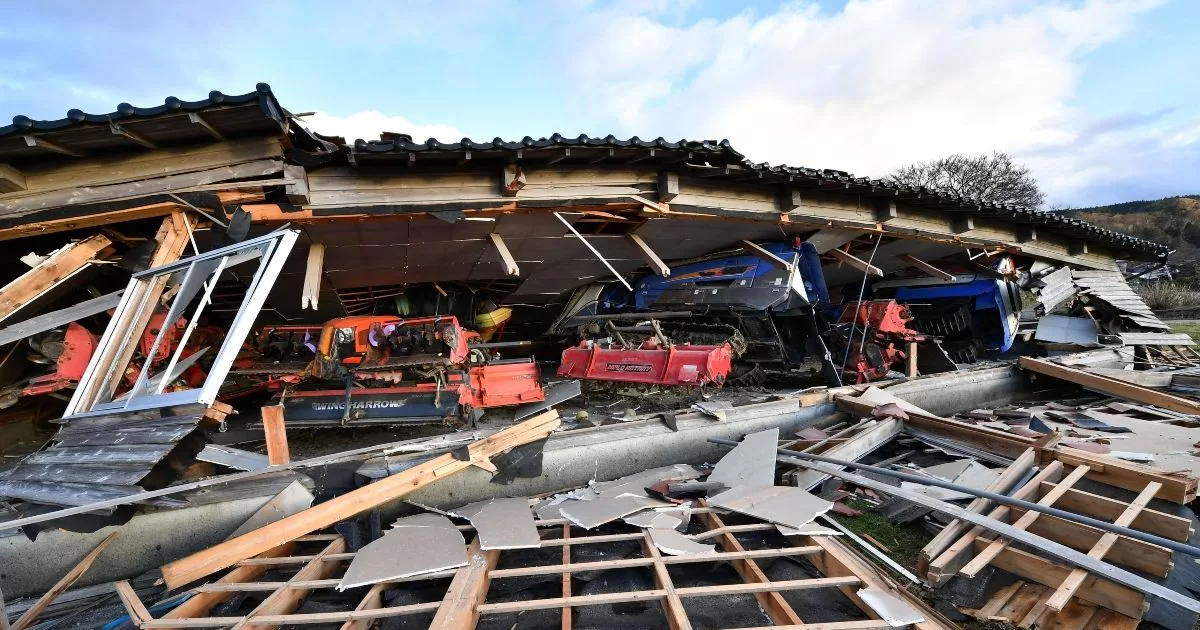TOKIO.– More than 48 deaths in Ishikawa prefecture confirmed by Japanese authorities so far, after the calamitous earthquake of magnitude 7.6 that shook the western coast of central Japan at the beginning of this January 1, 2024 and that caused a strong tsunami as well as extensive material damage and fires, according to local media.
A video taken in Shika city of Ishikawa, replicated by international media, showed the waves of a tsunami that reached the banks of the prefecture that was the most affected by the earthquake, causing panic in the population. That January 2 there was no danger of a tsunami, NHK Word-Japan reported.
Meanwhile, in the city of Wajima located in that province near Tokyo and also the epicenter of the earthquake, authorities also continue rescue operations for victims under the rubble of at least 25 buildings that fell with the earthquake, according to state radio and television.
Earthquakes, why are they devastating?
The 7.6 earthquake was preceded by at least 25 aftershocks that did not fall below 5, and is considered the strongest recorded in 9 years. But why are earthquakes in Japan so devastating?
In Japan, an archipelago of islands in the Pacific Ocean, located northeast of Asia, the most devastating earthquakes in the world occur due to their extreme strength. And this is due to the tectonic situation of the country.
Japan is located on the Pacific Ring of Fire, a particularly active region of underground faults, at the edge of the Pacific land plate, where volcanoes also form. And it is also located in the border region of several other plates, such as the Philippine Plate, the Eurasian Plate, and the North American Plate, according to specialized publications.
Because of this, more earthquakes occur than average, according to records. In addition, it has more than 200 volcanoes, of which more than 100 are active, one of them underwater that is off the coast of Japan.
In general, the Japanese (125.7 million, in 2021, according to the World Bank) can feel up to 1,000 tremors a year without shock, of the 5,000 that occur in that time, but large earthquakes are another matter, of more than 9.0, which can cause devastation up to 1000 kilometers.
Japan’s calamitous record
From 2011 to 2022, 28 strong earthquakes with an intensity of 6 low or higher on the country’s scale have occurred in Japan, according to the Japan Meteorological Agency, cited by nippon.com.
On March 11, 2011, a destructive earthquake of magnitude 9.0, with a seismic intensity of 7 and epicenter on the coast of Sanriku, about 514 kilometers from Tokyo, caused one of the largest tsunamis or tidal waves that caused the Fukushima nuclear disaster. . And another one followed with a magnitude of 7.6.
The last of them occurred on March 16, 2022 and was of a magnitude of 7.4 according to the Japan Meteorological Agency, surpassed by the one that occurred on January 1, 2024.
Source: With information from NHK.or.jp, nippon.com.,trabajomundial.com, elcomercio.com,



